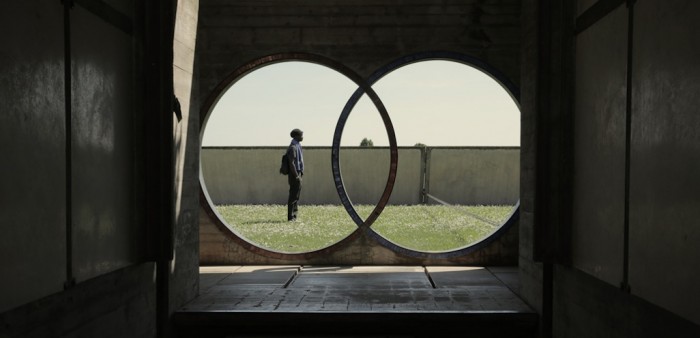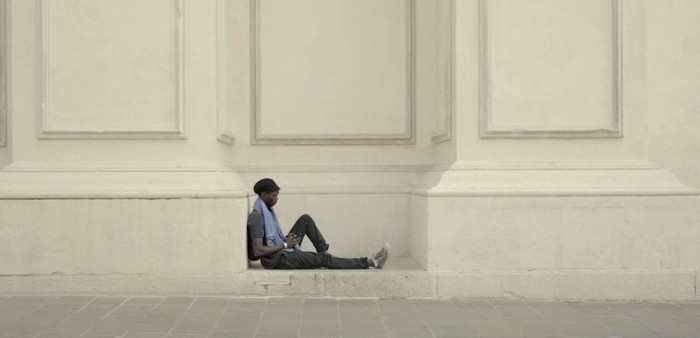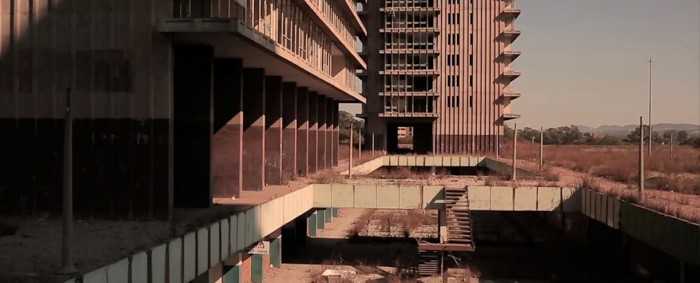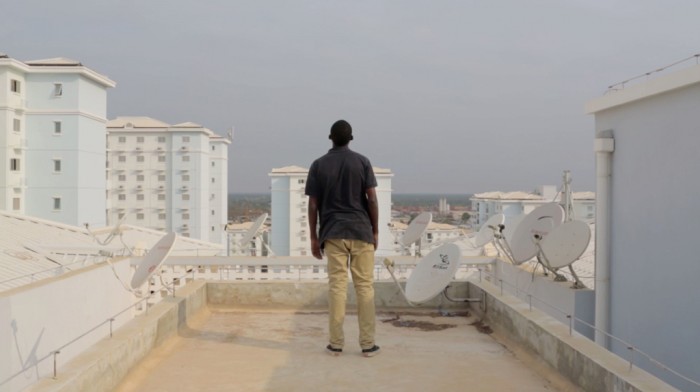The shifting urban realities and the humans impacted by them are themes weaving their way through the films of Johannesburg artist Michael MacGarry.
“My work principally concerns the ongoing ramifications of imperialism on the African continent,” he says, a statement that seems to echo the tagline he uses to accompany his art practice – “All Theory, No Practice”. With a body of work that includes nine short films (and a vast array of sculpture, installations and drawings), the truth couldn’t be further than this.
While he pursues two simultaneous careers as a visual artist and as a filmmaker (directing both short films and TV commercials), he says his twin passions “overlap and crossover with one another to the point where I don't see the difference”.
His most recently completed film, Flies, is a devastating story set in Pretoria in 1995 and centred on an ageing Afrikaans architect and retired civil servant who clings onto the derelict building he designed, its only occupant.
When he accidentally witnesses an assassination, he is forced into a violent confrontation with the new political milieu. The building is the real-life Schubart Park, from which 600 families were evicted after it was deemed uninhabitable in 2011. It is currently being renovated into a complex of low- and middle-income flats.The story MacGarry wrote is entirely fictional. He was able to film at the building just weeks before construction began. “Schubart Park has a complicated and quite troubled history and is to my knowledge the largest single apartment complex in the International Style in South Africa,” he tells us.
It was designed for lower-income white government and municipal employees in the 1970s and promoted as a model for living, shopping and recreation, he notes. “Post-1994 the complex was basically abandoned by the Pretoria municipality and over time became a hotspot for crime, drugs and illegal activity,” MacGarry says. This came to a head when eight people were killed in a police raid to evict the tenants.“Since then it has stood totally empty. So it has a lot of history and with the story I wrote for the location I basically wanted to capture a fictional micro-narrative from 1995 that looked at all of this baggage and perhaps the recent history of the country in a broader sense too.”
The film made the official selection of the International Film Festival Rotterdam 2015, the Durban International Film Festival 2015 and the B3 Biennial of the Moving Image, Frankfurt 2015.His film Excuse me, while I disappear also involves a controversial architectural landmark – this time in Luanda, Angola. The film is set in the newly built mini-city Kilamba Kiaxi on the capital’s outskirts, which was built by Chinese construction company CITIC and financed by Hong Kong-based China International Fund. Angola repaid the capital expenditure of the massive project in crude oil futures through national petrochemical operator Sonangol. The project cost US$ 3.53 billion and represents the largest single amount a Chinese company has spent on an infrastructure development project in Africa to date.
Excuse me, while I disappear is included in the official selection of the 24th African, Asian and Latin America Film Festival in Milan, held last month. It was also part of the Johannesburg Pavilion at the 56th Venice Biennale and After Africa, a group exhibition at Louisiana Museum of Modern Art in Humlebaek, Denmark.

















